Review
The EQE majors on comfort, refinement and technology, with many positive attributes including range. It's also quite pricey and not as good to drive as its keenest rivals.
Overview
Mercedes has more big electric SUVs than anyone else, with its EQC joined by the more recently introduced EQE and EQS SUVs.
Unlike the EQC, the EQE SUV is based on Mercedes’ bespoke electric car platform, just like the EQE saloon with which it shares a name.
Sitting in the £90,000+ price bracket, the EQE SUV is a rival for the Audi Q8 e-tron and the BMW iX.
It’s an imposing vehicle with a lot of road presence, although the car’s overall footprint is actually slightly smaller than that of the EQE saloon.
The additional height provides a spacious and airy interior, as well as aiding practicality.
Mercedes offers the car in four trim levels, starting with AMG Line. Premium and Premium Plus models are available, with increasing equipment levels. The Business Class sits alongside the Premium Plus at the top of the range but offers a less sporty aesthetic, with a greater focus on comfort and luxury.
Comfort and practicality
The EQE SUV fits the bill for those that want a decent-size family SUV. It’s incredibly spacious with particularly generous legroom in the rear.
A raised seating position gives the sense that you’re in a Range Rover-sized vehicle and front-seat occupants sit spaced apart by a large centre console that houses plenty of storage spaces.
Further enhancing its practicality is a large boot with a volume of 520 litres, accessed via an electric tailgate. The load floor is flat, while a storage compartment below is large enough to stash the charging cables.
The rear seats can be folded in a 40:20:40 split, opening up a 1,675-litre space.
Up front, the dashboard is large and imposing. There’s a slab of wood trim and neatly integrated air vents. Like all modern Mercedes, the cabin is bathed in ambient lighting when driving at night.
The cabin exudes luxury, with a blend of classy materials and design elements. The key touchpoints have a quality feel and there’s a high level of standard equipment.
This includes electrically adjustable front seats that are heated and cooled, as well as three-zone climate control.
The large imposing dashboard means drivers may need to adjust their seating position to a higher-than-normal setting, in order to be able to comfortably see over it. There is, however, plenty of headroom to accommodate.
Safety and technology
There’s no shortage of technology on board the EQE SUV, starting with its large central touchscreen. Using the latest MBUX software, the 12.8-inch display is used for the infotainment and climate functions.
Top-spec models are fitted with Hyperscreen, which integrates the central display with a second touchscreen in front of the front passenger. This configuration lets the passenger have access to the car’s navigation and multimedia features separately.
The central screen can be a little fiddly to use on the move, as there is nowhere to steady your hand while trying to tap a particular button. Handily, the voice assistant – activated by saying “hey Mercedes” – understands most commands and can make the necessary adjustments.
A suite of driver assistance systems comes as standard on all versions of the EQE SUV, including adaptive cruise control, active parking assist and a reversing camera. All but the base model also gets blind-spot monitoring, lane centring and an array of additional safety aids to help prevent collisions.
Drivability and range
Mercedes offers three versions of the EQE SUV, all of which are equipped with all-wheel-drive and air suspension.
The 350 is the entry-level, with a power output of 288PS and a range of 334 miles (WLTP). It uses an 89kWh battery.
Next is the 500. This time powered by a 93kWh battery, it produces 408PS and manages 324 miles between charges.
The range topping version comes from Mercedes-AMG. The EQE 53 has a 617PS power output and provides a 305-mile range from its 93kWh battery.
For most drivers, the 350 should be potent enough. It’s not spectacularly rapid, but it get going with little fuss and can accelerate from 0-62mph in less than seven seconds. It also promises the best efficiency, which in a large SUV that weighs 2.5 tonnes is an important factor.
It’s a struggle to break the 3.0mi/kWh barrier when driving the EQE 350 SUV. The best we managed during a week of driving was 2.9mi/kWh – enough for a real-world range of 258 miles.
The more powerful models have a greater thirst for electrons but are much more rapid.
AC charging is supported at up to 22kW, which is useful for those with access to more powerful units. DC rapid charging isn't as impressive, supporting up to 170kW a 10% - 80% charge takes at least 30 minutes.
The EQE SUV isn’t built predominantly for speed. It has a greater focus on comfort and refinement. The car is incredibly well insulated, meaning there is almost no road or wind noise. The air suspension provides a soft, detached feel. In the default Comfort mode we found the suspension a little unsettled at times. There’s a fair amount of lean in the corners and on the motorway it has a tendency to feel a little floaty. Switching to Dynamic, at the expense of a little softness, keeps things in check.
The handling is enhanced on higher-grade models by the fitment of rear-wheel steering. This gives the car a nimbler feel at higher speeds and also benefits manoeuvrability.

Company car tax and running costs
In any configuration, the EQE SUV is an expensive car. Most models in the range have six-figure price tags, placing it firmly in the luxury segment.
It makes sense as a company car as it attracts a 2% benefit-in-kind tax rate – a 40% taxpayer can expect bills of just £60 per month.
Stepping up to the 500, pushes the car’s list price to £108,760. Company car tax rates remain palatable at £72 per month (40% taxpayer).
Running costs are quite high at almost 90p per mile, for the entry-level 350 AMG Line, although competitive against the BMW iX and Audi Q8 e-tron. Both of those cars are available at a lower price point, however.
Matt has been an automotive journalist for nine years and has driven just about every new car and van that's on sale. As content editor - vehicles he is responsible for the automotive content on Fleet News and also contributes to Automotive Management. Prior to this, Matt worked in the automotive industry for 10 years.



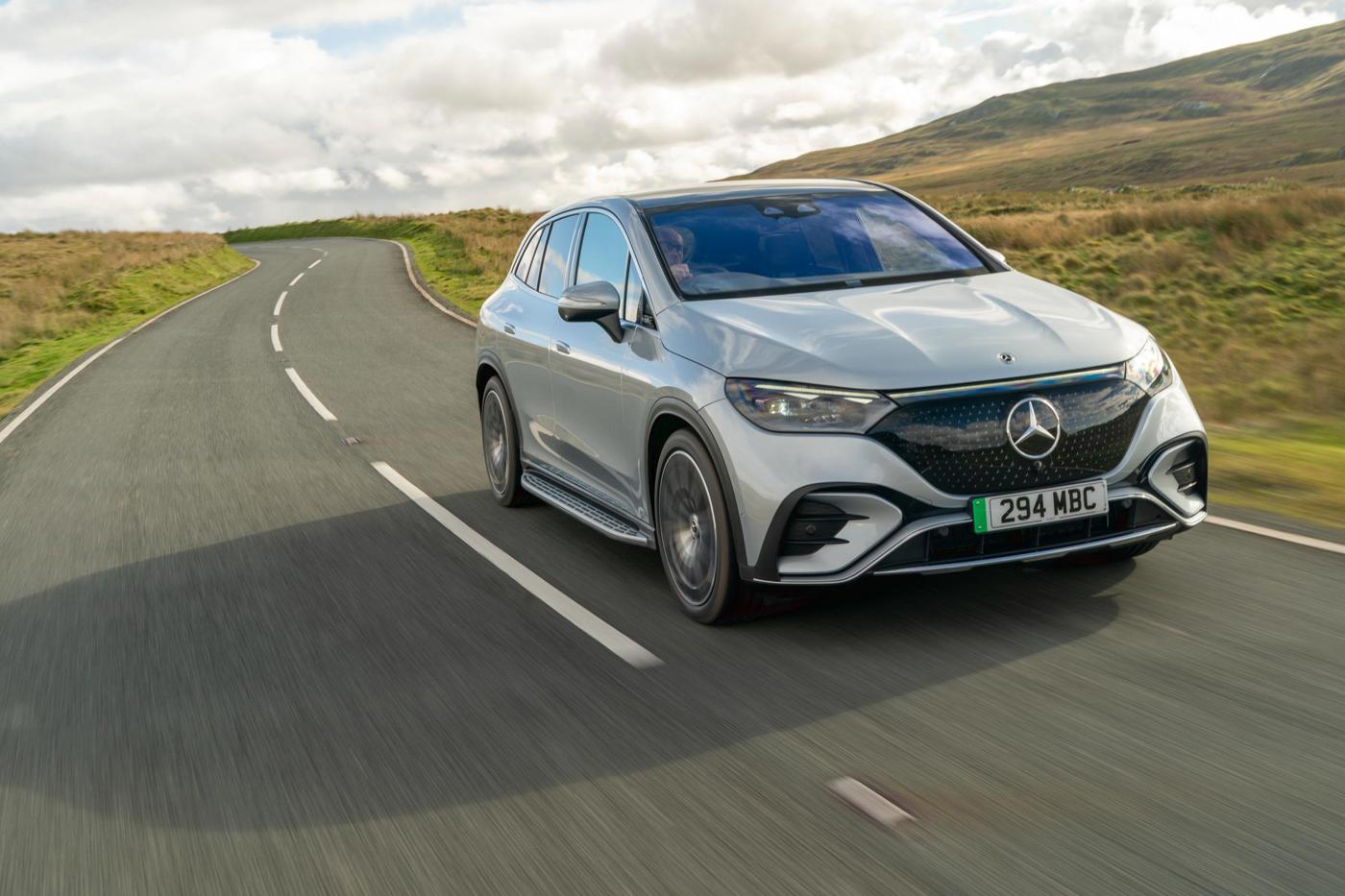
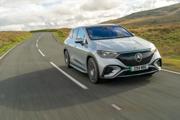
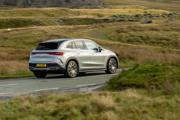
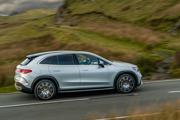
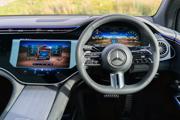
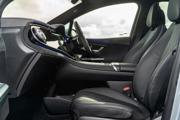
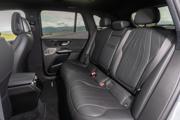
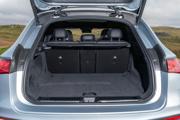

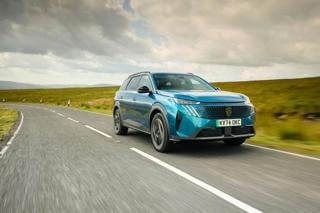
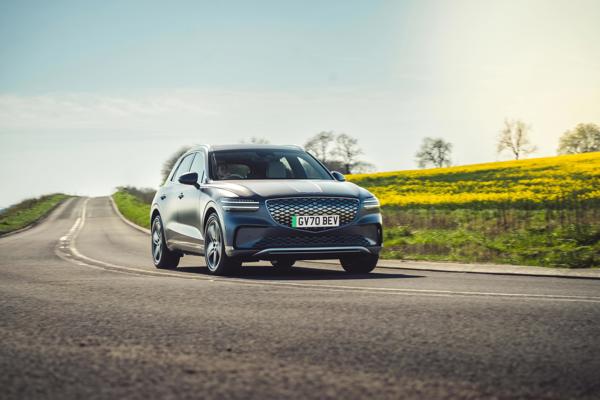
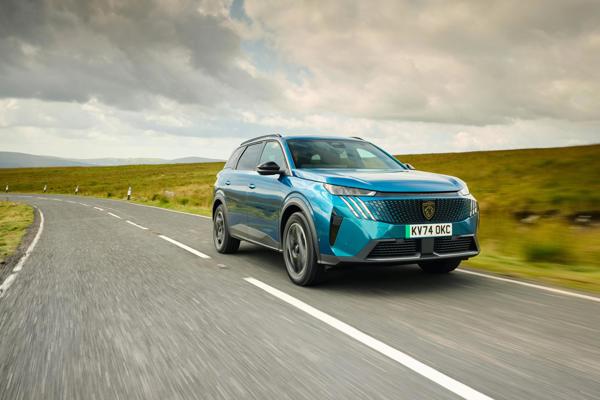
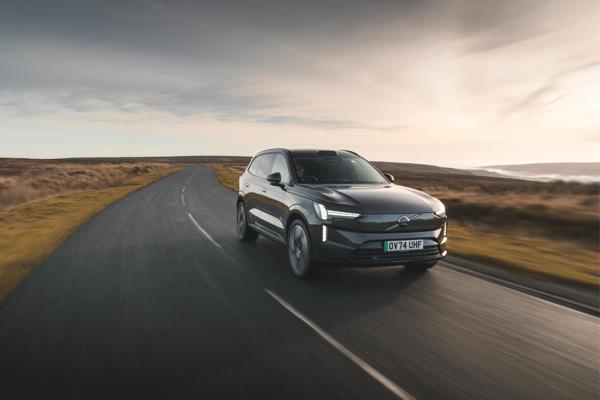
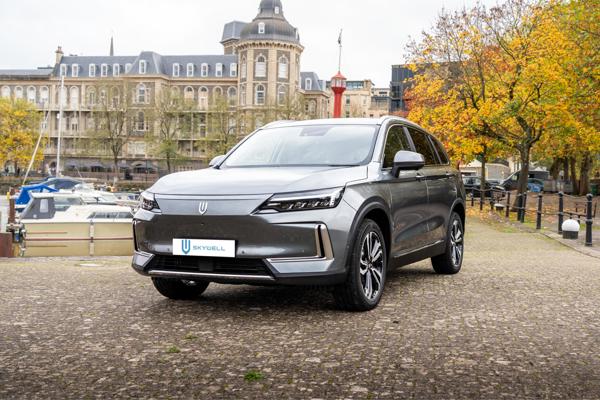
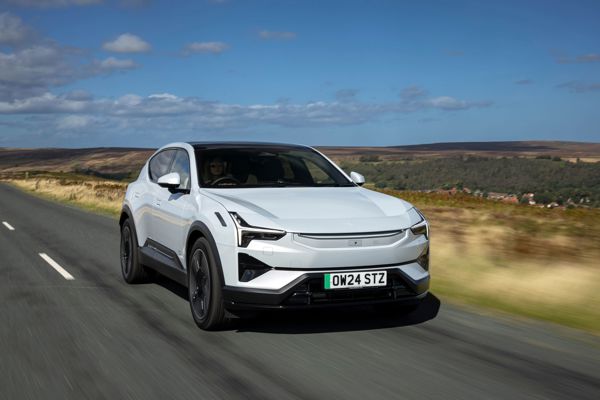
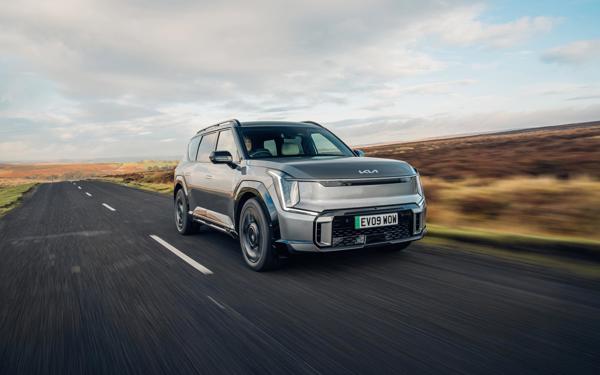
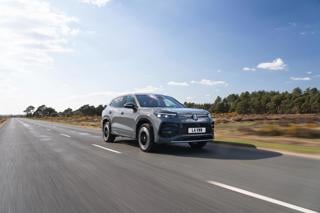

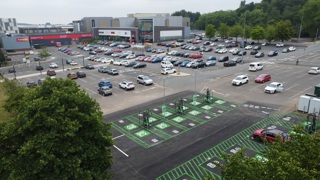
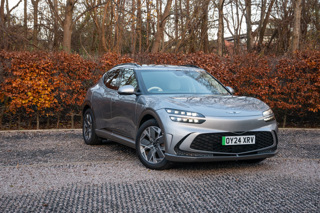


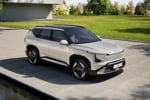








Login to comment
Comments
No comments have been made yet.